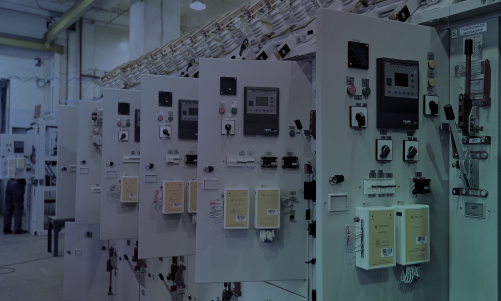What Are the Ways to Save Electricity?
FAQ|What Are the Ways to Save Electricity?
Has the electricity price increased again?
Fluctuations in electricity costs often impact major industrial power consumers.
How can industrial electricity consumption be reduced? Besides avoiding peak-hour usage, what other methods can help save energy?

Ways to Save Electricity?
Has the electricity price increased again? Fluctuations in electricity costs often impact major industrial power consumers.
How can industrial electricity consumption be reduced? Besides avoiding peak-hour usage, what other methods can help save energy?
1. Choosing the Right Contract Capacity
High-voltage users can select from various time-based electricity pricing plans, such as two-tier pricing, three-tier pricing, and peak-time variable pricing.
Contract capacity refers to the maximum agreed power demand between the user and the electricity provider, which is used to calculate basic electricity fees.
To promote energy-saving policies, Taiwan Power Company (Taipower) has introduced the "Batch Production Time-Based Pricing" plan to help industries like steel manufacturing, foundries, and machine tool production reduce electricity costs. Currently, approximately 17,000 companies have adopted this plan.
2. Improving Equipment Efficiency
To improve energy efficiency, regular equipment maintenance is essential.
Older machinery tends to consume more electricity due to energy inefficiencies, leading to increased energy waste.
Using data analytics and predictive maintenance technology to analyze operational data allows for early failure detection, reducing downtime and maintenance costs while improving efficiency and reliability.
3. Improving Power Factor
When reactive power occurs at the load end, apparent power increases, reducing overall efficiency.
By implementing power factor correction equipment in the transmission system, grid stability is improved, and unnecessary power losses are minimized.
Enhancing the power factor can lower power wastage, reduce apparent power demand, and optimize electricity transmission efficiency.
4. Implementing an Energy Management System
By monitoring and analyzing equipment energy usage, companies can identify consumption patterns and develop appropriate energy-saving strategies.
Leveraging IoT and AI-powered smart monitoring systems allows real-time alerts for anomalies, enabling maintenance teams to take prompt action to prevent energy waste.
5. Using Alternative Energy Sources
If site conditions allow, companies can install self-generation systems to reduce dependence on public electricity grids.
Excess power can be sold, generating additional revenue. Solar panels installed on rooftops or open spaces can convert sunlight into renewable, clean energy for self-sufficiency or partial grid independence.
Managing Energy Saving and Carbon Reduction Together?
EMS Smart Energy Management System
As companies are increasingly required to incorporate carbon neutrality or emission reduction goals into their production processes, effective energy management has become a crucial element in achieving sustainable production objectives.
Smart Energy Management System


